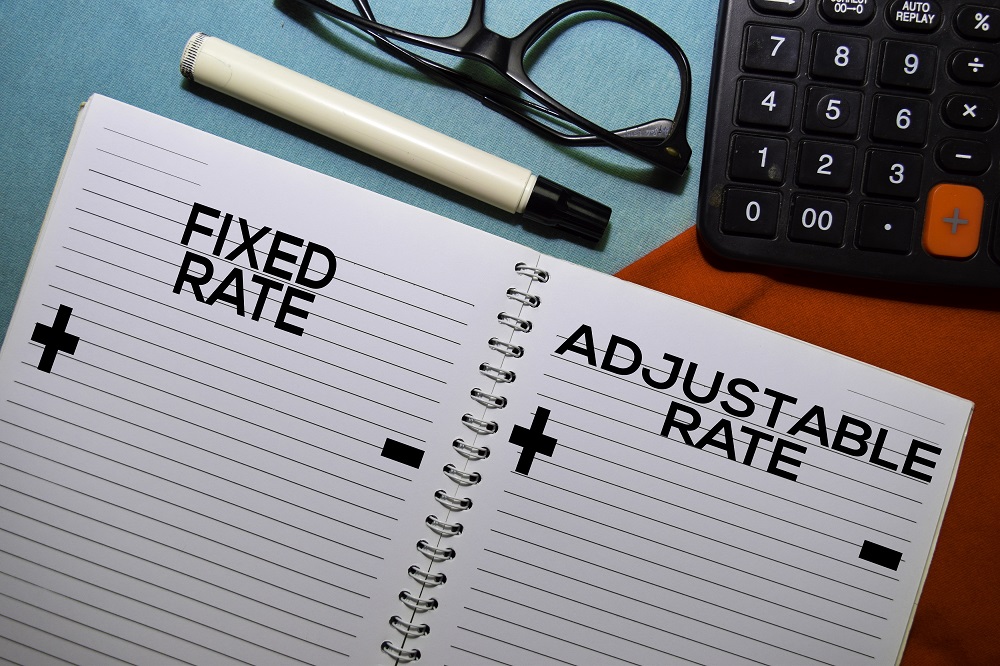
There’s always a degree of risk in any investment. However, there is a tremendous upside in that you can make great gains with a little savvy, research, knowledge, and good luck. Commercial real estate investment can offer one of the most reliable and lucrative types of real estate investment opportunities. Because of that, commercial real estate financing is readily available that can help wise investors take advantage of can’t-miss opportunities when they present themselves.
But reaping a windfall in commercial real estate involves more than just luck and available financing. There are some factors in the success of a commercial real estate investment that are within the scope of the average investor and can dramatically impact the return that is realized. Once you have commercial financing, real estate in Texas can provide you with a tremendous investment opportunity if you stack the deck in your favor. Make sure you take the following steps to maximize the success of your investment and reap the greatest rewards for your portfolio.
Follow Demand
When large national chains look to expand into new markets, one of the first things they do is look at the real estate utilized by their direct competitors. That’s why in many markets, you’ll see large box home improvement stores located right across the street from one another, or fast food franchises covering all four corners of the same intersection. The reason is simple to understand from a business perspective. Why replicate market research when your competitor has already done the work for you? Your competitor’s customers are your customers as well. When selecting a commercial investment, you can take a similar approach. Look for areas of town which are seeing booms in commercial development. If three retail strip malls have recently gone up in a one mile stretch of a bustling thoroughfare and are at capacity, there’s a good bet that the spot is well-suited for similar commercial development. Look for hot spots and find investment opportunities that are adjacent to them, but also be wary of market saturation.
Look for Multi-Use Zoning
Local zoning guidelines will limit what types of vendors or services can use your commercial space, so it’s important to try to find real estate that is zoned for multi-use. By investing in multi-use property, you’re giving yourself the widest possible tenant base and creating a wealth of options when it comes to filling your square footage with paying tenants. Diversity is a good thing when it comes to commercial real estate because it allows you to be flexible and pivot to meet the changing demand.

Examine the Norms
Again, you can learn a lot from others who are investing in commercial real estate alongside you, and it’s wise to use that knowledge when selecting and developing properties. Just as it’s a good idea to follow the demand when it comes to location, you should also find out what the norm is for space demands. For example, if there’s a lot of activity in the market for 10,000 square foot retail spaces, it wouldn’t necessarily make sense to invest in several 40,000 square foot spaces that may sit empty because they don’t meet the market need. Even the best location won’t maximize your investment if your property sits empty because it doesn’t reflect the local demand.
Use a Commercial Real Estate Broker
While many investors think they can save money by going it alone on commercial real estate selection, it’s a good idea to get an experienced commercial real estate broker involved in your investment transactions. Even if you think you have a firm handle on the market, a broker can provide you with expert advice, provide you with informed speculation about the direction the market may be going, and help with site selection. The money you spend to hire a commercial real estate broker is well worth it, so consider bringing a broker on board for your investment transactions.
By using these tips, you can create lucrative commercial real estate investments that will pay you dividends and strengthen your portfolio. To learn more about some of the things you can do to maximize your return on commercial real estate investments, contact Investor Loan Source at (409) 735-6267.




